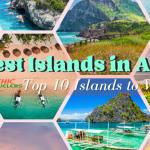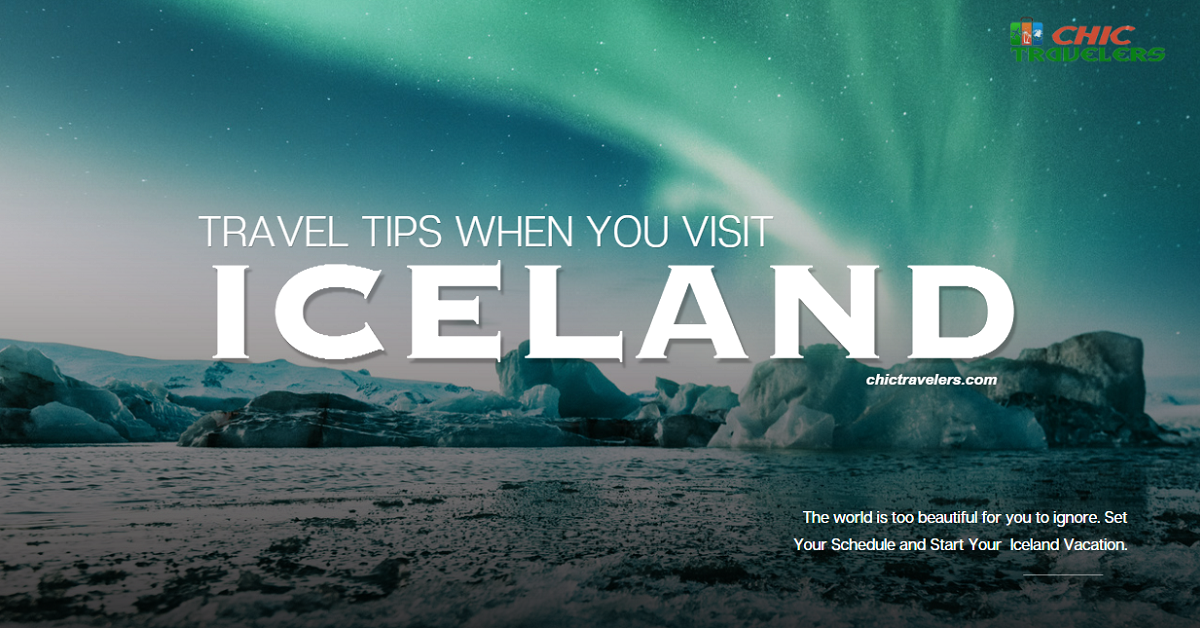
Iceland is an island of fire and ice, with volcanoes and glaciers coexisting in a breath-taking landscape. It’s also a land of adventure, culture, and wildlife, with natural wonders, local traditions, and encounters with puffins, whales, and horses. If you’re considering a vacation to this amazing country, here are some useful Iceland travel tips and pointers to help you make the most of your time there.
Tip #1: Plan early and budget wisely
Iceland is a popular tourist destination, especially during the summer months, so book your flights, accommodations, and activities early. You’ll also need to carefully arrange your itinerary because there are so many things to see and do in Iceland. You have the option of joining a guided trip, renting a car and driving alone, or taking public transportation and hitchhiking. Whatever you choose, have a map, a GPS, and a reliable phone with you.
Booking in Advance
Iceland’s popularity as a tourist destination means that accommodations, flights, and activities fill up fast, especially during peak seasons. By planning early and booking in advance, you can secure better deals and avoid disappointment. Websites like Booking.com, Airbnb, and local tour operators offer a wide range of options to suit every budget and preference. Additionally, consider flexible travel dates to take advantage of lower prices and fewer crowds.
Creating a Detailed Itinerary
With so many attractions and activities to explore in Iceland, creating a detailed itinerary is essential for maximizing your time. Research the top sights and attractions that align with your interests, whether it’s chasing waterfalls, exploring glaciers, or soaking in geothermal hot springs. Organize your days by region to minimize driving time and maximize sightseeing opportunities. Remember to factor in travel time between destinations and plan for unexpected delays due to weather or road conditions.
Managing Expenses
Iceland is notorious for its high cost of living, so budgeting wisely is crucial for a wallet-friendly trip. Allocate funds for essentials like accommodation, transportation, and meals, but also set aside a contingency budget for unexpected expenses or splurges. Look for ways to save money, such as cooking your meals instead of dining out or purchasing groceries from budget-friendly supermarkets like Bónus or Krónan. Consider purchasing a Reykjavik City Card or museum pass for discounted admission to popular attractions.

Tip #2: Dress appropriately and pack proper outdoor gear
The weather in Iceland is variable and can change fast. All four seasons can be experienced in a single day, or even in one hour. Depending on the season and location, temperatures can range from below freezing to above 20°C (68°F). The wind can be fierce and cold, and the rain can be heavy and frequent. As a result, it’s critical to layer up and bring waterproof and windproof clothing. A hat, gloves, scarf, sunglasses, sunscreen, and lip balm are also recommended.
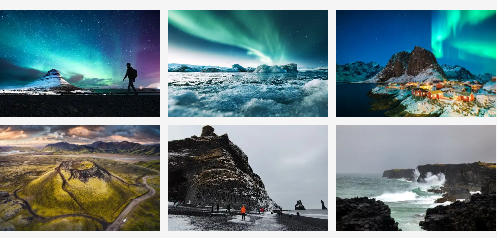
Dressing for the Weather
Iceland’s unpredictable weather requires visitors to dress in layers and be prepared for sudden changes. Start with a moisture-wicking base layer to keep dry, add insulating layers for warmth, and top it off with a waterproof and windproof outer shell. Opt for breathable fabrics that offer both insulation and ventilation to regulate body temperature effectively. Don’t forget to pack a compact umbrella or poncho for unexpected showers and a sturdy pair of waterproof boots with good traction for exploring rugged terrain.
Essential Outdoor Gear
Whether you’re planning to hike through lava fields, trek across glaciers, or chase the Northern Lights, having the right outdoor gear is essential for a safe and enjoyable experience. Invest in high-quality equipment, like a durable backpack with padded straps and multiple compartments for organizing gear. Pack essentials like a water bottle, energy-rich snacks, a first-aid kit, a headlamp or flashlight, and a multi-tool for emergencies. Consider renting specialized gear like crampons, ice axes, or snowshoes for glacier hikes or winter excursions.
Photography Tips
Iceland’s stunning landscapes and unique wildlife offer endless opportunities for photography enthusiasts. Bring along a DSLR camera or a high-quality smartphone with a good camera to capture memorable moments. Experiment with different settings, like aperture priority for landscape shots or shutter priority for capturing fast-moving subjects like puffins or whales. Invest in a sturdy tripod for long exposure shots of waterfalls or the aurora borealis, and don’t forget spare batteries and memory cards to avoid missing out on the perfect shot.
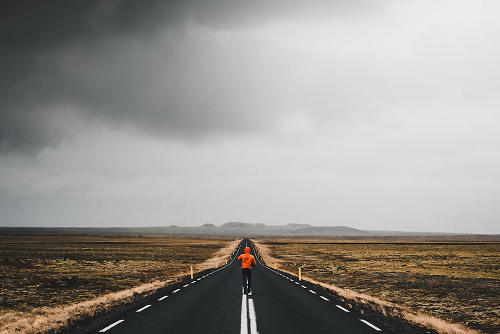
Tip #3: Be respectful of nature and culture
Iceland is a lovely country with a rich and distinct culture. When visiting, it is critical to respect both nature and culture. Do not step on the moss that covers the lava fields because it is extremely delicate and takes a long time to regrow. Climbing on glaciers without sufficient advice or equipment is extremely dangerous and can result in accidents. It is prohibited to harm the environment like fording rivers with small cars or camp outside specified areas.
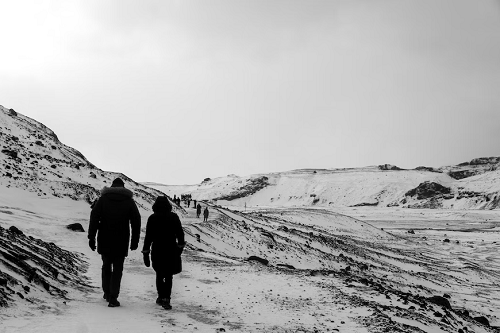
Leave No Trace Principles
Preserving Iceland’s pristine natural beauty requires visitors to adhere to Leave No Trace principles and minimize their impact on the environment. Stay on designated trails to protect fragile ecosystems and avoid disturbing wildlife habitats. Refrain from picking wildflowers, feeding animals, or leaving behind any litter, including biodegradable items like fruit peels or food scraps. Practice responsible camping by using established campsites and properly disposing of waste in designated bins or composting toilets.
Cultural Etiquette
Respect for Iceland’s rich cultural heritage is essential when interacting with locals and participating in traditional activities. Familiarize yourself with basic Icelandic greetings like “halló” (hello) and “takk” (thank you) to show appreciation and respect. Embrace local customs like dining etiquette, such as waiting to be seated and saying “skál” (cheers) before drinking. Take the time to learn about Iceland’s history, folklore, and traditions through guided tours, museums, or cultural events to gain a deeper understanding and appreciation of the country’s heritage.
Sustainable Tourism Practices
Supporting sustainable tourism initiatives and local businesses is key to preserving Iceland’s natural and cultural resources for future generations. Choose eco-friendly tour operators and accommodations that prioritize environmental conservation and community engagement. Offset your carbon footprint by participating in carbon offset programs or supporting reforestation projects. Seek out authentic experiences like visiting family-run farms, attending local festivals, or purchasing handmade crafts directly from artisans to support the local economy and foster meaningful connections with the community.

The only Iceland Travel Tips You Need
By following these additional tips, you can enhance your experience and make the most of your visit to Iceland while respecting its natural beauty and cultural heritage.

